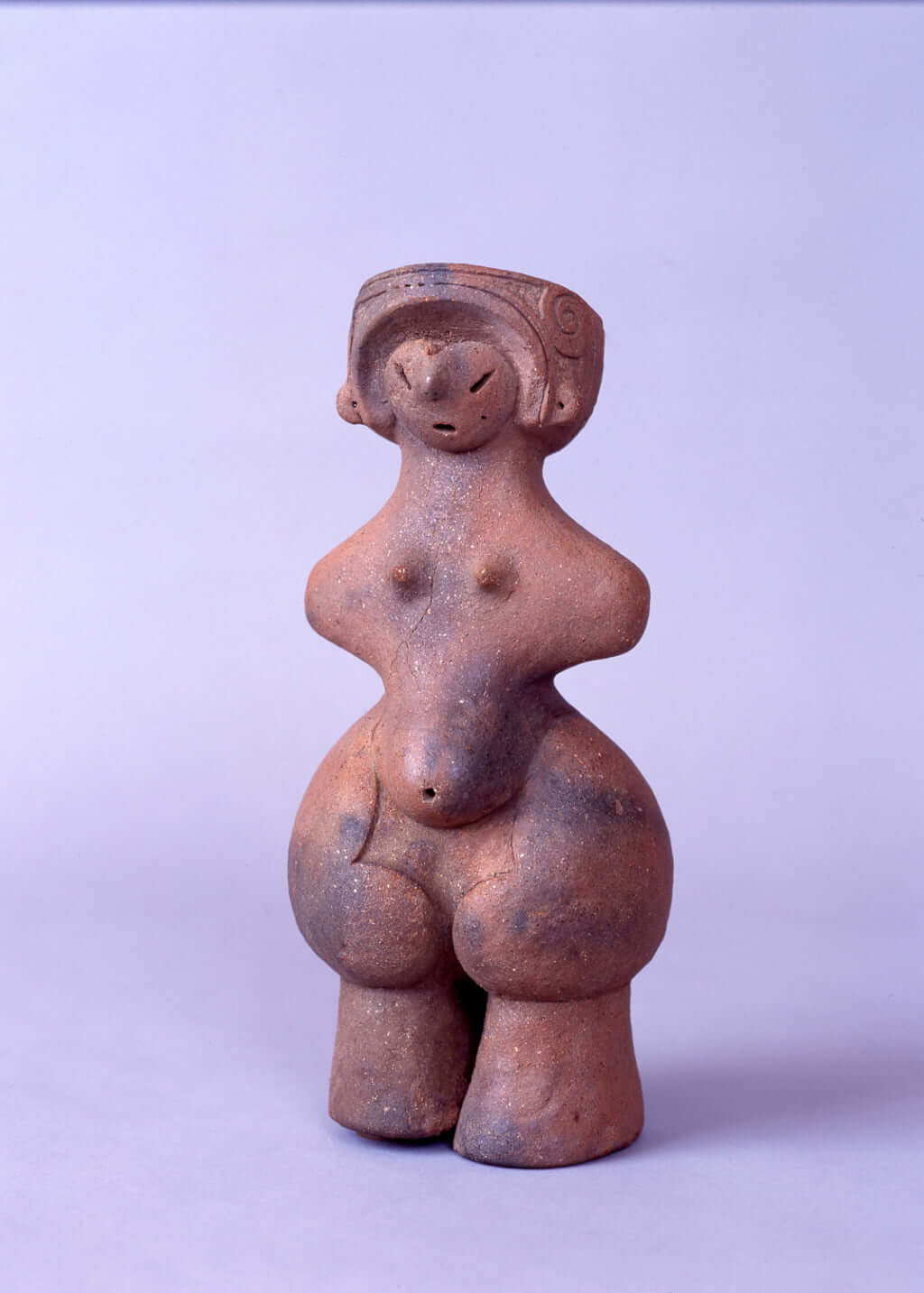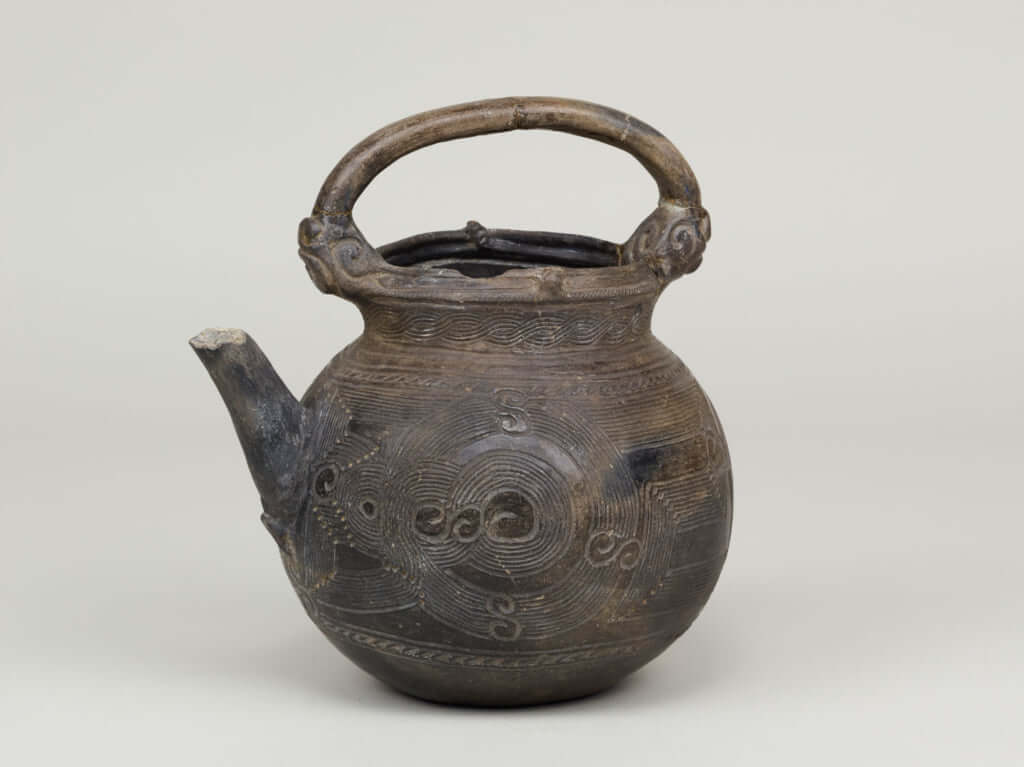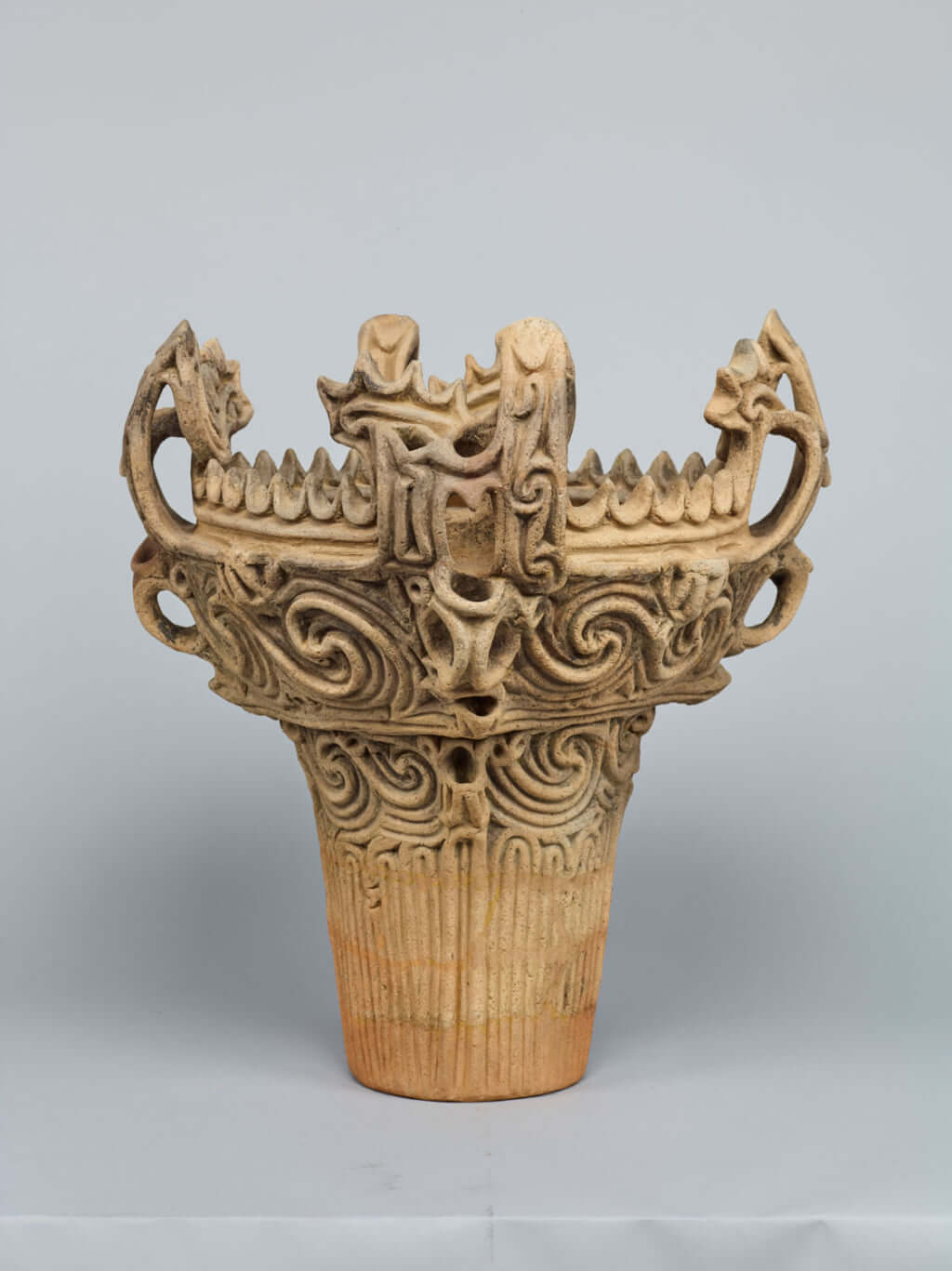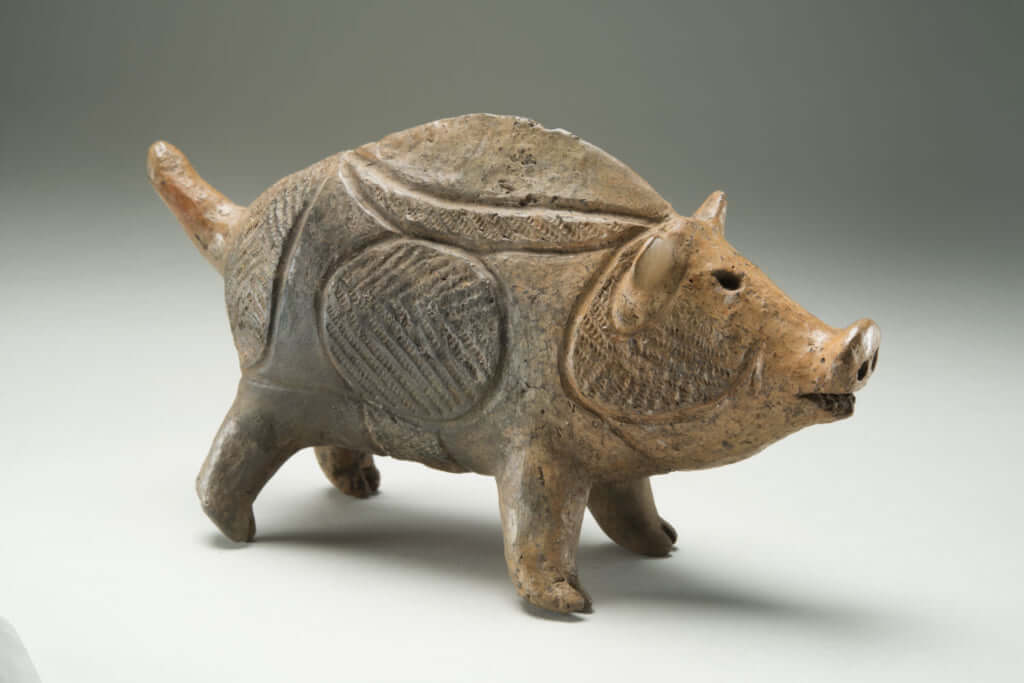The Maison de la Culture du Japon in Paris Paid Homage to the Jomon Era
The institution held an exhibition dedicated to prehistoric Japan, a period that lasted over 10,000 and that is known for its pottery.

‘Jomon Venus’ clay figurine, National Treasure from the Middle Jomon period (-3000 – -2000), Tanabatake site, Chino, Nagano prefecture, Terracotta, Height 27.0 cm / width 12.0 cm / depth 9.2 cm. Chino City, Nagano (on deposit at Chino City Togariishi Museum of Jomon Archaeology)
From 17th October until 8th December 2018, the Maison de la Culture du Japon held an exhibition dedicated to the prehistoric Jomon era which lasted over ten thousand years (11,000 BCE to 400 BCE). The period is known for its ornamented pottery, which is among the oldest documented in the world. Its motifs reveal the beliefs held by the people, whether hunters, fishermen or harvesters, who inhabited Japan at the time, and who led rich spiritual lives.
Numerous archaeological objects that lie at the crossroads between art and craftsmanship, some of which are classified as ‘national treasures’ or ‘important cultural property’, were exhibited during the exhibition entitled Jomon — The Birth of Art in Prehistoric Japan. These included dogu figurines, earthenware vases, woven wooden baskets, ornaments accessories and even lacquered containers that allowed visitors to imagine the nature of the society that existed in prehistoric Japan.
Jomon — The Birth of Art in Prehistoric Japan (2018), an exhibition that took place from 17th October until 8th December 2018 at the Maison de la Culture du Japon in Paris.

Spouted vessel, Important cultural property, Late Jomon (-2000 – -1000), from Shiizuka shell mound, Inashiki, Ibaraki prefecture, Terracotta, Height 22.1 cm, The Tatsuuma Collection of Fine Arts, Hyogo

Flame pot, National treasure 3000 BCE – 2000 BCE, Tokamachi-shi (in deposit at Tokamachi City Museum, Niigata)

Pot surrounded by a clay cord with small holes and adorned with a figure, Important cultural property, Middle Jomon period (-3000 – -2000), Imojiya site, Minami-Alps, Yamanashi prefecture, Terracotta, Height 54.8 cm / diameter of neck 24.0 cm / maximum diameter of belly 36.0 cm, Minami Alps City Board of Education, Yamanashi

Wild boar figurine. Important cultural property, Late Jomon (-2000 – -1000), Tokoshinai site no. 2, Hirosaki, Aomori prefecture. Terracotta, Height 9.6 cm / length 18.2 cm, Hirosaki City Museum, Aomori
TRENDING
-
Ishiuchi Miyako, A Singular Perspective on Women
Recipient of the 2024 Women in Motion Award, the photographer creates intimate portraits of women through the objects they left behind.

-
Recipe for Ichiraku Ramen from ‘Naruto’ by Danielle Baghernejad
Taken from the popular manga with the character of the same name who loves ramen, this dish is named after the hero's favourite restaurant.

-
Namio Harukawa, Master of Japanese SM Art
'Garden of Domina' offers a dive into the world of an icon of ‘oshiri’, whose work has now reached a global audience.

-
The Tattoos that Marked the Criminals of the Edo Period
Traditional tattoos were strong signifiers; murderers had head tattoos, while theft might result in an arm tattoo.

-
The Emperor of Japanese Porn is Now the Star of a Netflix Series
Deliciously funny, The Naked Director especially succeeds in reviving the atmosphere that was so characteristic of 1980s Japan.





